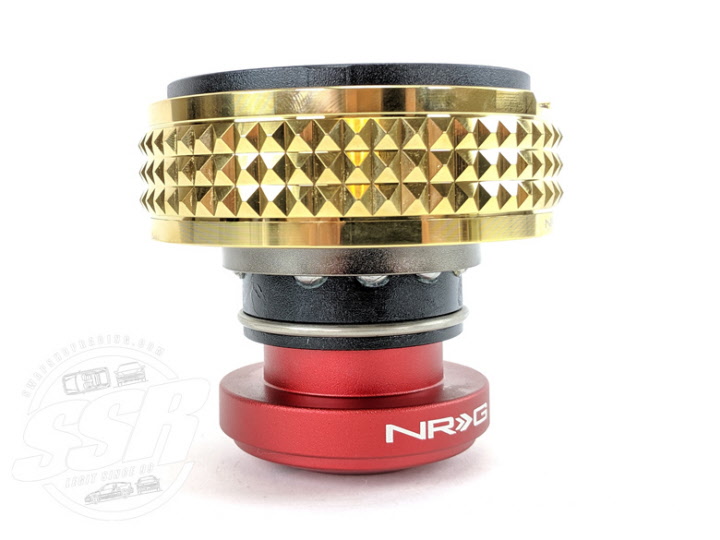
All workspace status is automatically saved and can be restored by opening it again!.Support multiple workspaces and switch quickly.Support 12 view layouts with one-click flexible switching.In addition, QSpace also supports One-Click Opening of files or directories in terminal or editor, making it an efficient tool for developers! Multi-view Workspace Make your work easier and more efficient. QSpace has powerful Multi-View state Auto-save and Restore capabilities, which makes it not only a file manager, but also a secretary for your work status management.

With QSpace, you can easily get rid of the cumbersome switching back and forth between multiple windows, and find the target when you drag and drop! It has the same operating habits and interface presentation as Finder, but also supports more flexible and practical features. With $2$ bands of spinful fermions of $\mathrm^2$ model we observe an abrupt onset of scaling behaviour, consistent with hints of a finite-temperature phase transition reported in previous studies.QSpace is a clean and efficient Multi-view File Manager. Present first promising results for two types of multi-band Hubbard models, one Two-dimensional (2D) models thus become numerically accessible. Performance of the algorithm, enabling the treatment of fermionic systems up toĪ bond dimension $D=24$ on a square lattice. The exploitation of non-abelian symmetries substantially increases the

Non-abelian symmetries for fermionic iPEPS treatments of multi-band lattice Of the diagrammatic TN representations forming the basis for deriving theĬomplex numerical algorithm, and (ii) the technical advance of fully exploiting Special focus is put on (i) a gentle introduction Review, we discuss the iPEPS construction and some basic properties of this Tool for studying interacting two-dimensional fermionic systems. Infinite projected entangled pair states (iPEPS) have emerged as a powerful QSpace tensors can deal with any set of abelian symmetries together withĪrbitrary non-abelian symmetries with compact, i.e. Together with simple self-contained numerical procedures to obtainĬlebsch-Gordan coefficients and irreducible operators sets. Introduction to non-abelian symmetries is given for practical applications, These are compared in detail, including their respective dramatic SU(2)*U(1)*SU(3), and their much larger enveloping symplectic symmetry

Includes the more traditional symmetry setting SU(2)^4, the larger symmetry The same system is analyzed using several alternative symmetry scenarios.

Screened spin-3/2 three-channel Anderson impurity model in the presence ofĬonservation of total spin, particle-hole symmetry, and SU(3) channel symmetry. In this paper, the focus is on the application of the General tensor networks such as the multi-scale entanglement renormalizationĪnsatz (MERA). Group (NRG), the density matrix renormalization group (DMRG), or also more Standard renormalization group algorithms such as the numerical renormalization Quantum symmetry spaces, dubbed QSpace, is particularly suitable to deal with Theorem for operators, are accounted for in a natural, well-organized, andĬomputationally straightforward way. The two crucial ingredients, theĬlebsch-Gordan algebra for multiplet spaces as well as the Wigner-Eckart Matrix-product and tensor-network states in the presence of orthonormal localĪs well as effective basis sets. A general framework for non-abelian symmetries is presented for


 0 kommentar(er)
0 kommentar(er)
